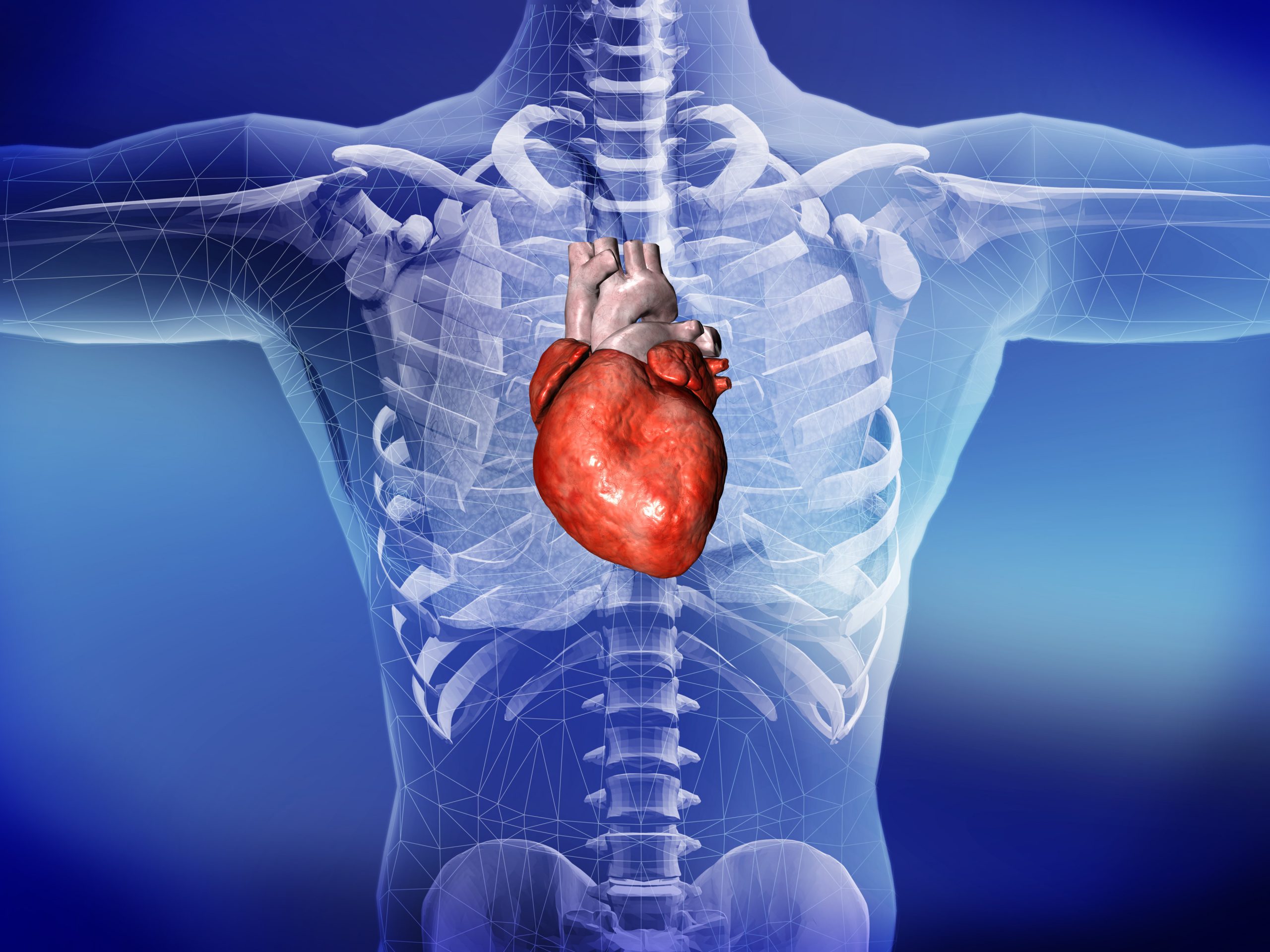
Bovine aortic arch: risk factor for diseases of the aorta
Increased risk of developing aortic diseases and possible complications after endovascular treatment in case of “bovine” type aortic arch
These are the results obtained by Dr. Massimiliano Marrocco Trischitta, vascular surgeon and head of the Clinical Research Unit at IRCCS Policlinico San Donato, in collaboration with Dr. Mattia Glauber, head of the Minimally Invasive Cardiac Surgery section at Istituto Clinico Sant’Ambrogio, in three studies recently published in the prestigious scientific journals European Journal of Cardio-Thoracic Surgery, European Journal of Vascular and Endovascular Surgery, and Annals of Vascular Surgery.
DEFIBRILLATORS OF EXCELLENCE IN THE WORLD: VISIT THE ZOLL BOOTH AT EMERGENCY EXPO
The bovine-type aortic arch
Bovine-type aortic arch is an anatomical variant of the second part of the aorta, which is quite common in the population, occurring in about 14% of individuals.
Specifically, it consists of the fusion of the anonymous artery and the left carotid artery, two of the three blood vessels that originate in the arch section of the aorta (the curved section between the ascending and descending aorta).
DEFIBRILLATORS, VISIT THE EMD112 BOOTH AT EMERGENCY EXPO
Evidence from scientific studies on the bovine aortic arch
The studies conducted by the teams have shown an association between this particular anatomical conformation, present from birth, and an increased risk of developing aortic diseases, such as aneurysms and dissections.
In addition, in these patients there is an increased risk of complications after an endovascular procedure, such as retrograde dissection, and an increased risk of mortality.
In two other studies, the importance of identifying the specific and peculiar geometric and fluid-dynamic pattern present in the “bovine” aortic arch was demonstrated.
Thanks to this characterisation, it is possible to identify the areas of the aortic arch that are less suitable for the delivery of an endoprosthesis for the treatment of pathologies, such as aneurysm or dissection, so as to refine the planning of the intervention and, consequently, improve the results and limit the occurrence of complications.
These extensive anatomical and biomechanical studies have also provided important insights into the pathophysiological mechanisms that determine the increased risk of developing aortic disease in these individuals.
Collaboration between San Donato Group Institutes
The studies on the aortic arch were the result of a fruitful collaboration between different teams and Institutes of the San Donato Group in the field of clinical research.
A synergy that has also given rise to a line of research dedicated to the aortic arch, aimed at defining tools for the prevention of the onset of aortic diseases and identifying more specific and accurate treatment strategies.
* Massimiliano M Marrocco-Trischitta, Moad Alaidroos, Rodrigo M Romarowski, Valentina Milani, Federico Ambrogi, Francesco Secchi, Mattia Glauber, Giovanni Nano. Aortic arch variant with a common origin of the innominate and left carotid artery as a determinant of thoracic aortic disease: a systematic review and meta-analysis. European Journal of Cardio-Thoracic Surgery. 2020;57(3):422-427. doi:10.1093/ejcts/ezz277
* Massimiliano M Marrocco-Trischitta, Moad Alaidroos, Rodrigo M Romarowski, Francesco Secchi, Paolo Righini, Mattia Glauber, Giovanni Nano. Geometric Pattern of Proximal Landing Zones for Thoracic Endovascular Aortic Repair in the Bovine Arch Variant. European Journal of Vascular and Endovascular Surgery. Volume 59, Issue 5, May 2020, Pages 808-816 https://doi.org/10.1016/j.ejvs.2019.11.019
* Massimiliano M. Marrocco-Trischitta MM, Rodrigo M Romarowski, Moad Alaidroos, Francesco Sturla, Mattia Glauber, Giovanni Nano. Computational Fluid Dynamics Modeling of Proximal Landing Zones for Thoracic Endovascular Aortic Repair in the Bovine Arch Variant. Ann Vasc Surg 2020 May 29:S0890-5096(20)30431-3. doi: 10.1016/j.avsg.2020.05.024.
Read Also:
Heart Problems, Recognising The Symptoms
Abdominal Aortic Aneurysm: What It Looks Like And How To Treat It


